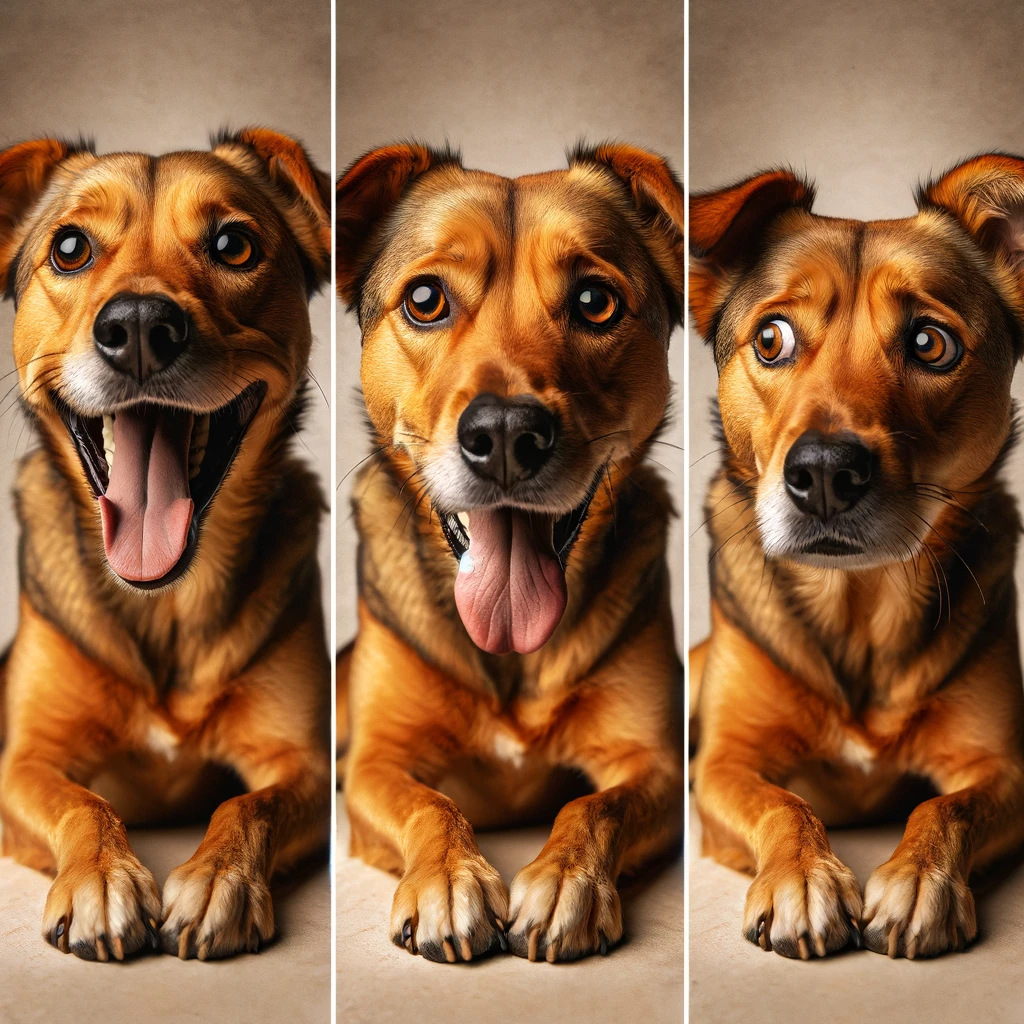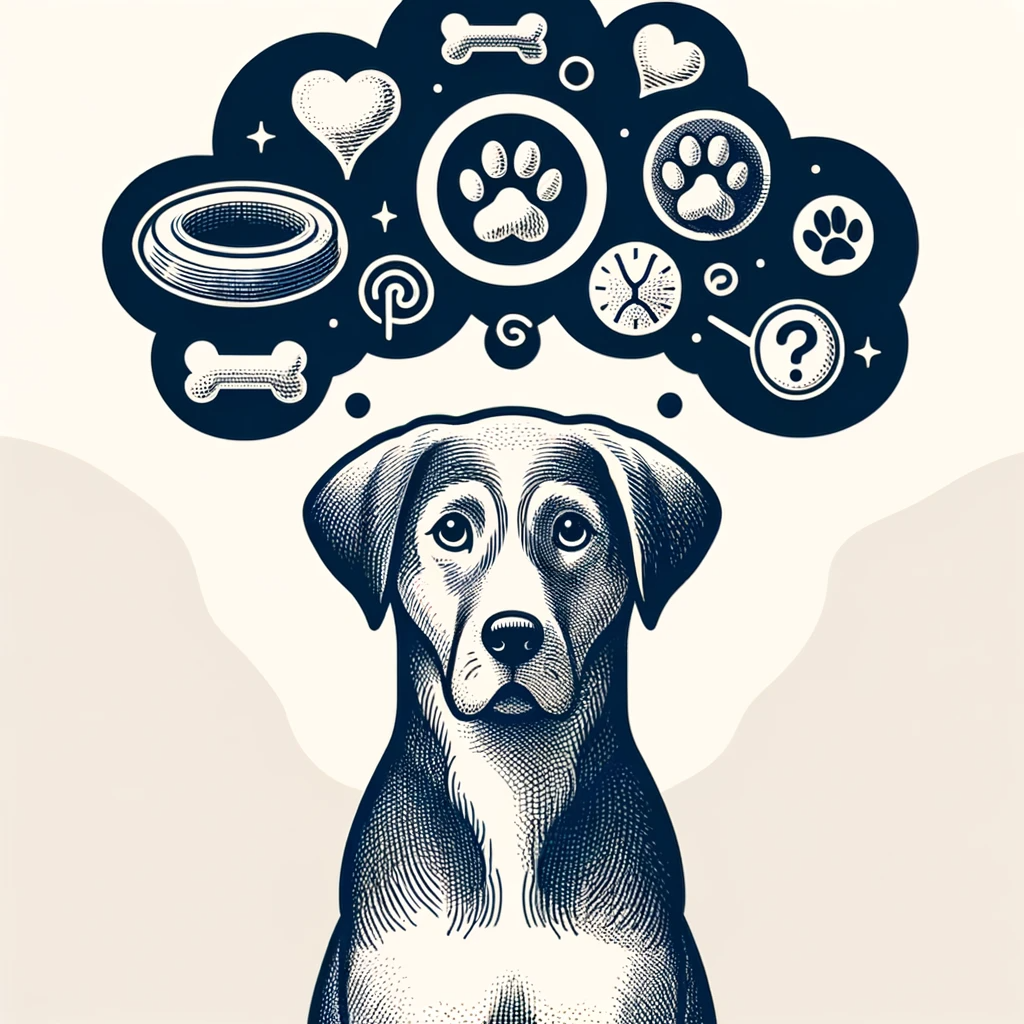
Dogs, our cherished companions, continually captivate us with their unique behaviors and endearing quirks. Among these charming habits, the phenomenon of blanket nibbling emerges as a particularly intriguing aspect of canine behavior. Delving into the motivations behind this behavior not only strengthens our connection with our furry friends but also provides valuable insights into their well-being.
What does it mean when your dog nibbles on blankets ?
Understanding Canine Behavior: Delving into the Canine Psyche
To comprehend why dogs nibble on blankets, we must first explore the intricate workings of their minds. Dogs communicate with us through a complex array of signals, each conveying a glimpse into their emotions and instincts. By immersing ourselves in the nuances of canine psychology, we gain a deeper appreciation for the richness of their behaviors and the depth of our bond.
The Multifaceted Reasons Behind Blanket Nibbling

Blanket nibbling encompasses a spectrum of motivations, reflecting the diverse nature of a dog’s experiences and environment. Beyond the realm of comfort and exploration, dogs may engage in blanket nibbling as a means of self-soothing, alleviating stress or anxiety through repetitive motion. Additionally, blanket nibbling can serve as a form of oral stimulation, providing sensory satisfaction and mental stimulation.
Exploring the Emotional Dimensions of Blanket Nibbling

For many dogs, blanket nibbling transcends mere physical activity and becomes a profound expression of emotion. In moments of joy or contentment, dogs may engage in blanket nibbling as a playful expression of happiness and relaxation. Conversely, during periods of uncertainty or change, blanket nibbling may serve as a coping mechanism, offering a sense of familiarity and security amidst upheaval.
Observing Your Dog’s Blanket Nibbling: A Path to Understanding

As attentive companions, observing our dogs’ blanket nibbling habits offers invaluable insights into their emotional state and overall well-being. The context in which blanket nibbling occurs—whether during moments of solitude, play, or interaction—provides clues to underlying motivations and triggers. By cultivating awareness and empathy, we can respond to our canine companions with compassion and understanding, nurturing their emotional health and strengthening our bond.
Addressing Blanket Nibbling: Nurturing Positive Behaviors

In addressing blanket nibbling behavior, proactive measures focused on enrichment and engagement are paramount. Providing a diverse array of toys, puzzles, and activities stimulates a dog’s mind and redirects their focus away from blanket nibbling. Creating a supportive environment enriched with opportunities for exploration and social interaction fosters fulfillment and contentment, reducing the likelihood of stress-induced behaviors.
Conclusion: Embracing the Canine Connection
In unraveling the mystery of why dogs nibble on blankets, we embark on a journey of discovery and empathy. By embracing the complexity of their behaviors and the depth of their emotions, we strengthen the bonds of trust and companionship that unite us. As stewards of their well-being, let us cherish the privilege of sharing our lives with these remarkable beings, enriching each other’s existence with love, understanding, and boundless joy.



